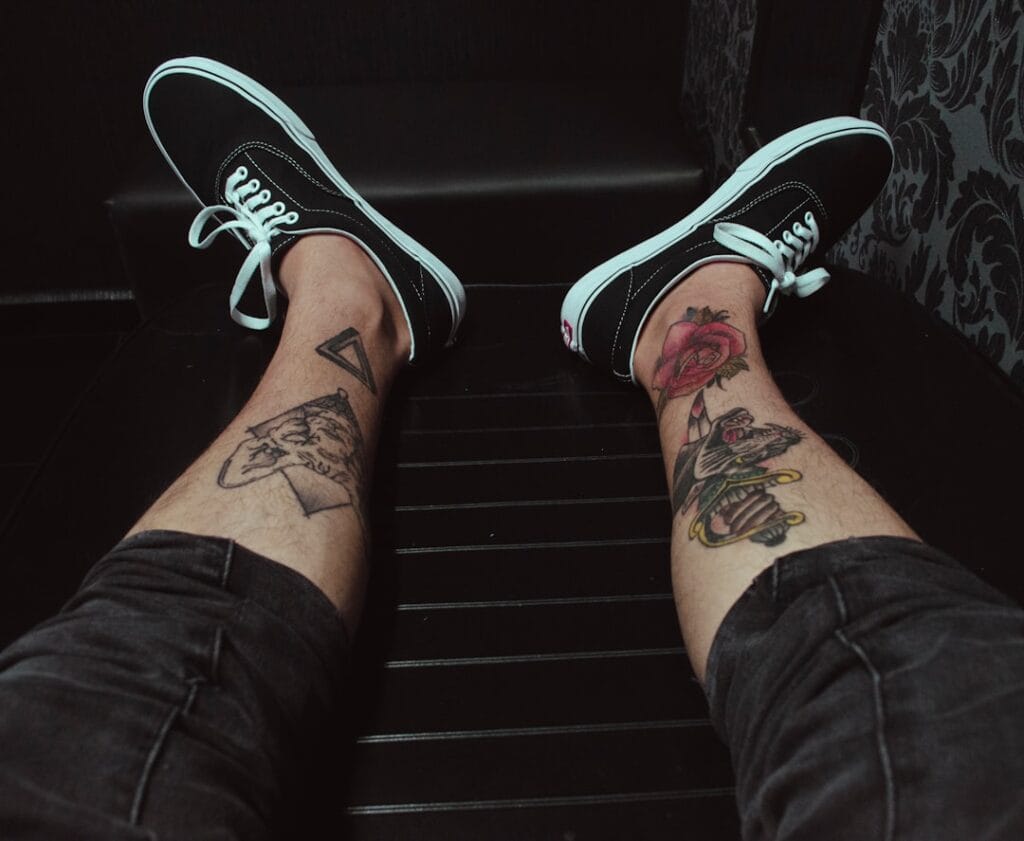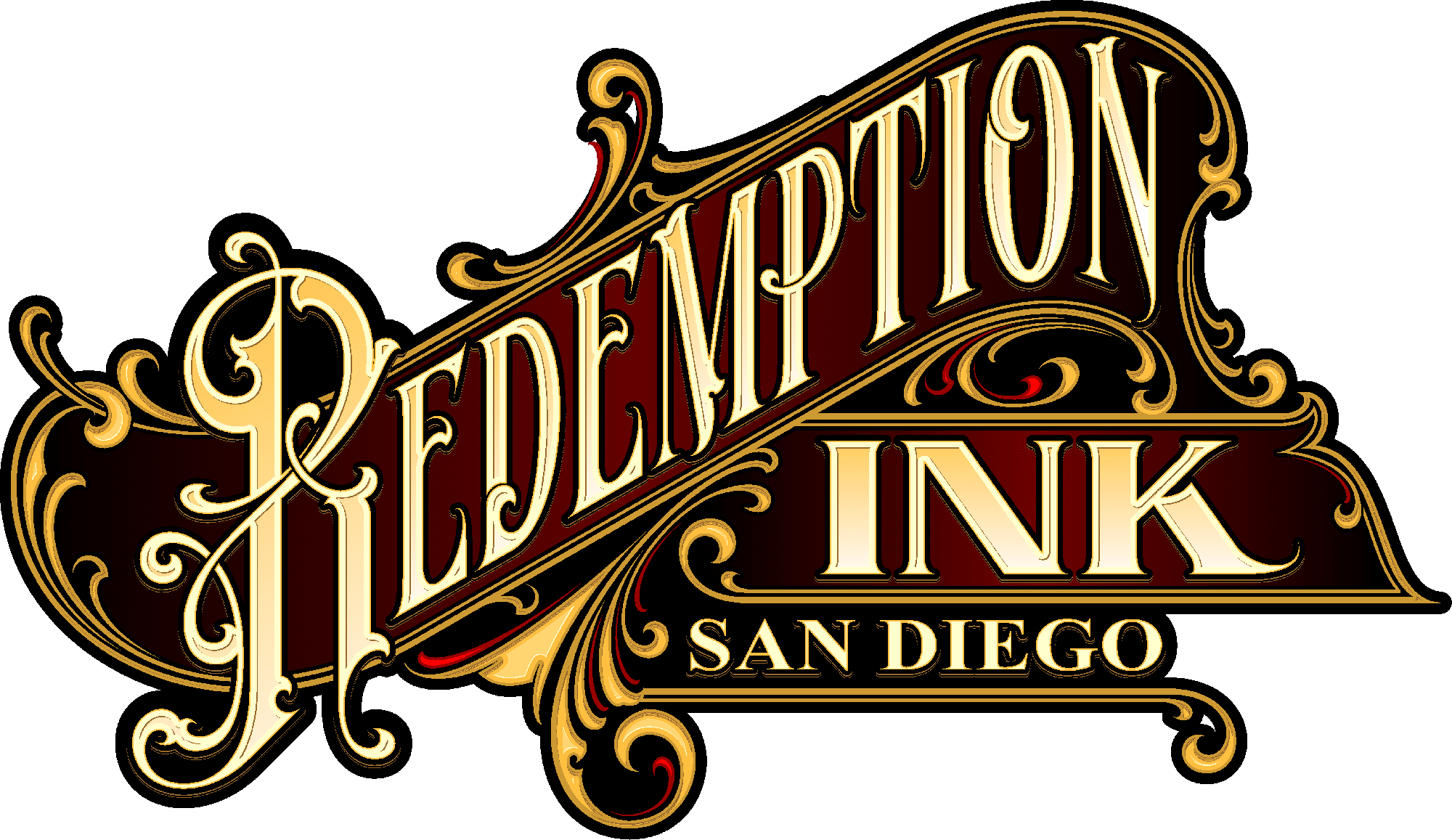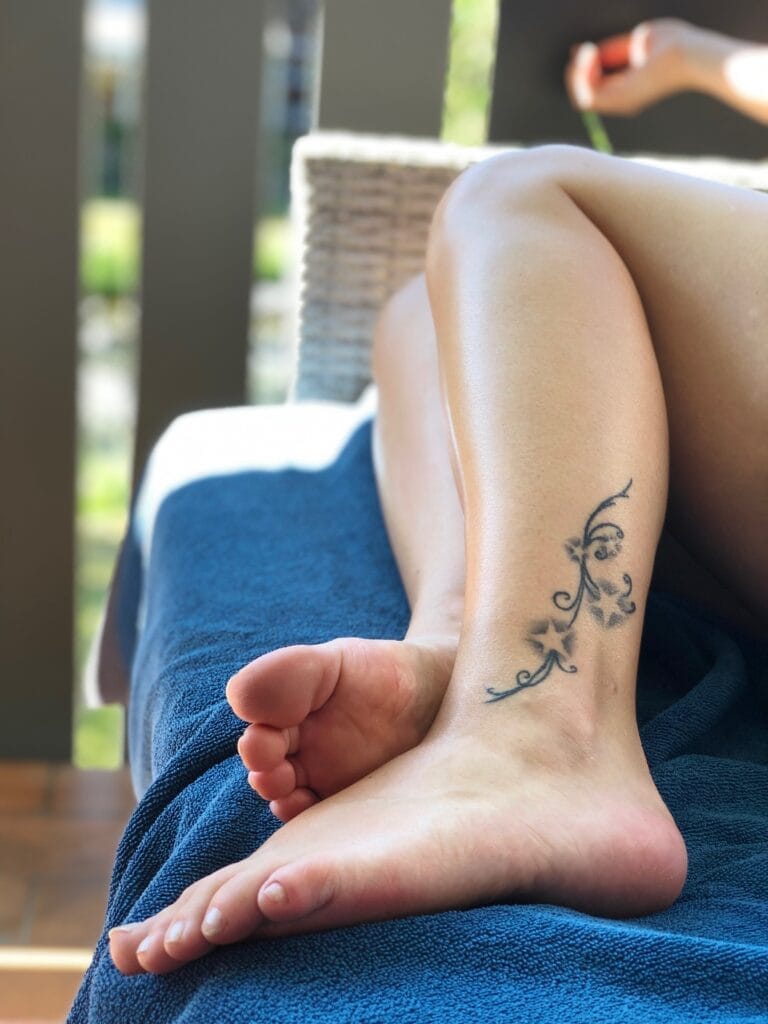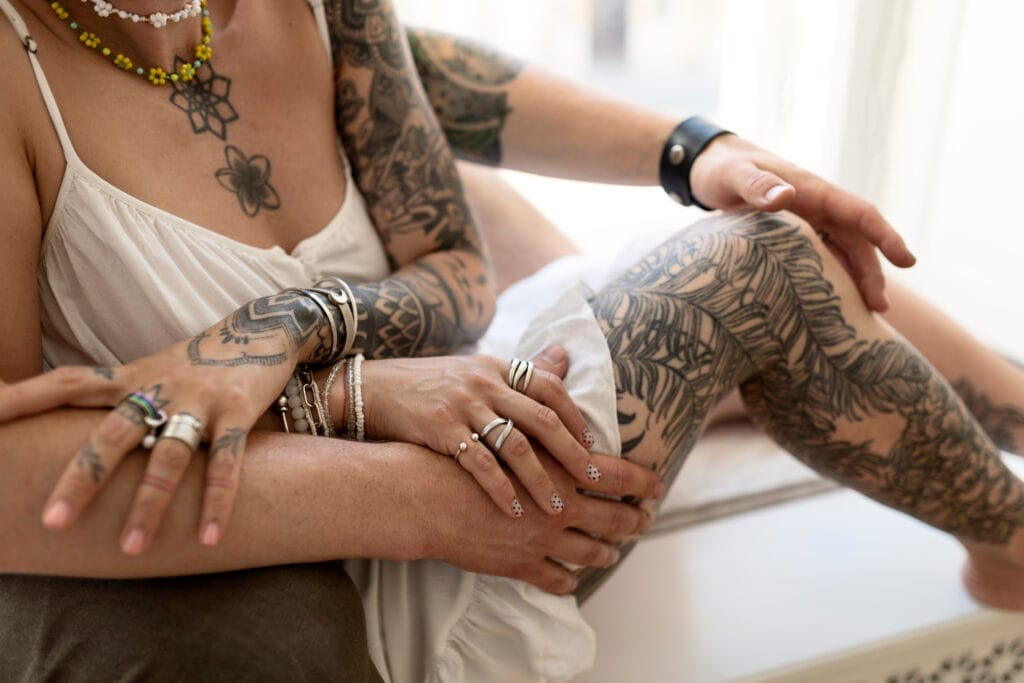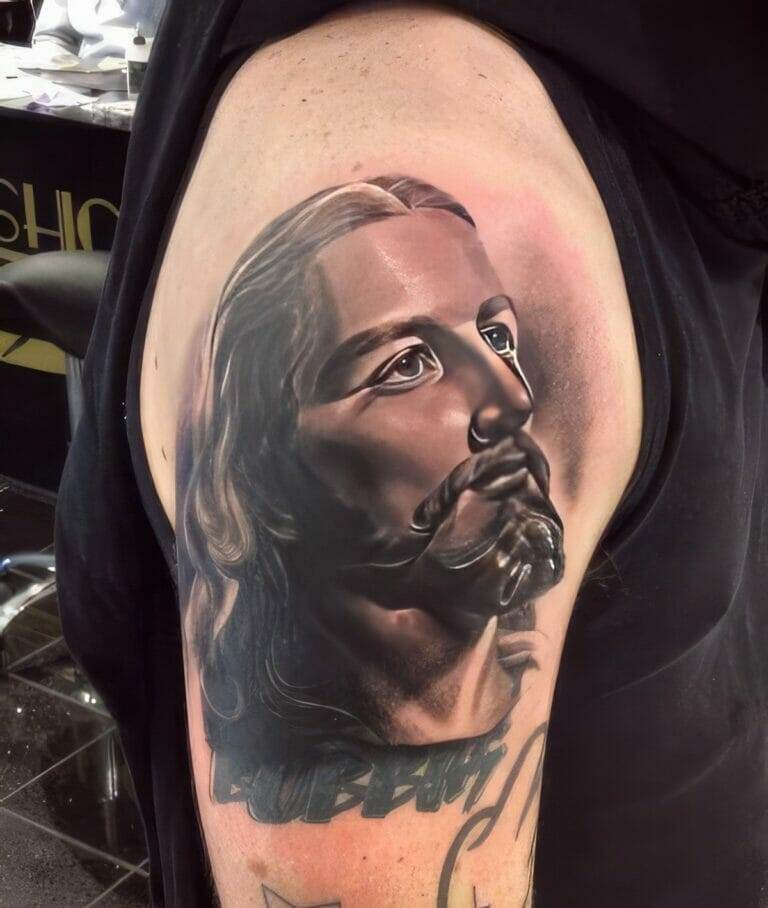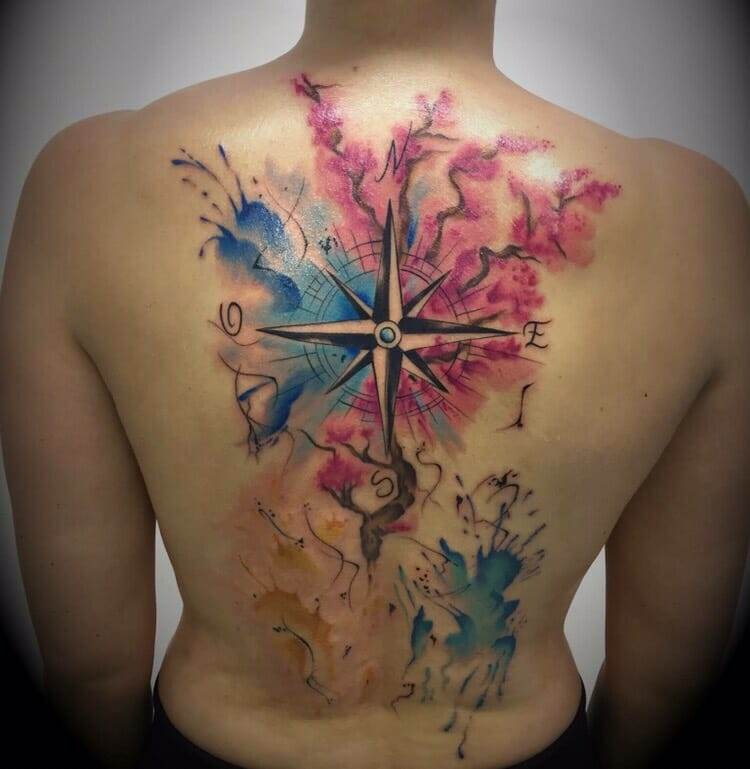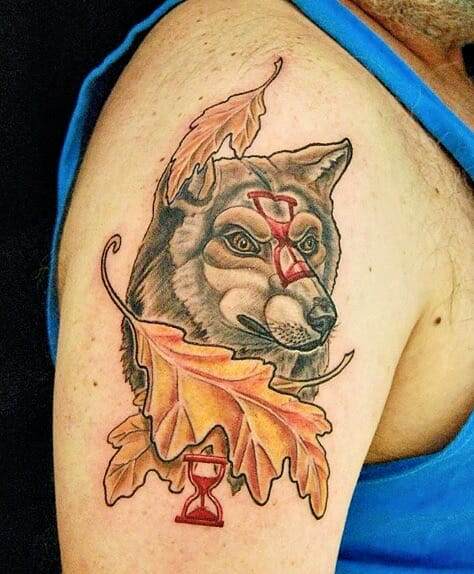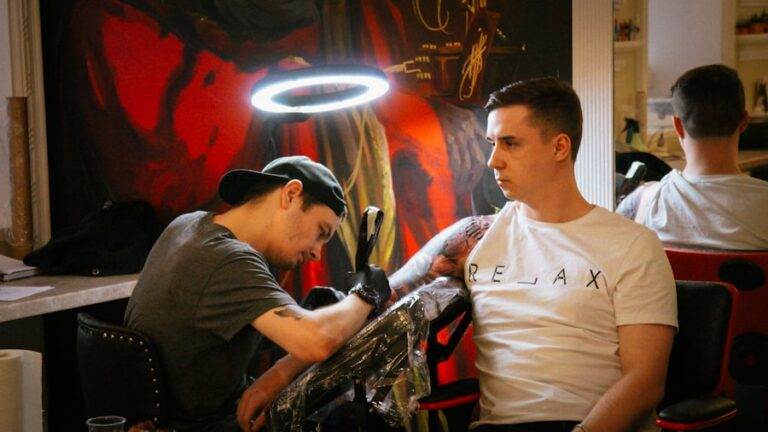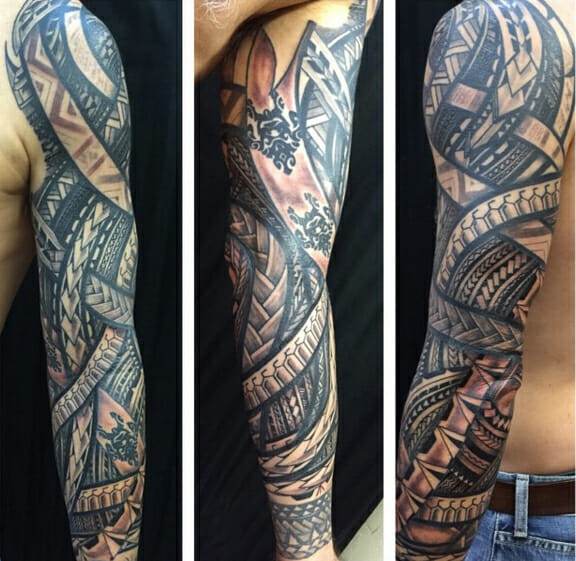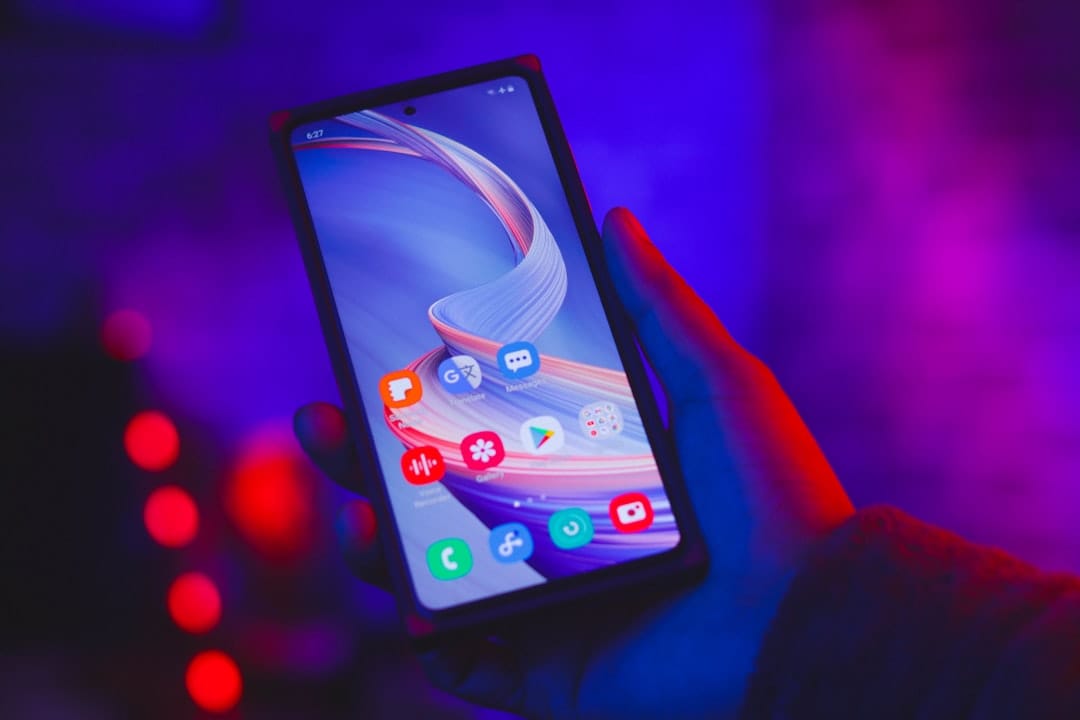
When it comes to capturing the essence of a tattoo, lighting plays a pivotal role. The right lighting can enhance the colors and details of the ink, making the artwork pop in photographs. Natural light is often the best choice, as it provides a soft, even illumination that can highlight the intricacies of the design without creating harsh shadows.
Shooting outdoors during the golden hour—shortly after sunrise or before sunset—can yield stunning results, as the warm tones of the sun can add depth and vibrancy to the tattoo. However, if natural light isn’t available, using diffused artificial lighting can also create a flattering effect, ensuring that the tattoo is showcased in its best form. The background is equally important in setting the tone for the photograph.
A cluttered or distracting background can take attention away from the tattoo itself. Opting for a simple, neutral backdrop allows the artwork to stand out. Alternatively, a background that complements the tattoo’s theme can enhance the overall composition.
For instance, if the tattoo features floral elements, a natural setting with greenery can create a harmonious visual narrative. Ultimately, both lighting and background work in tandem to create a captivating image that draws viewers in and highlights the artistry of the tattoo.
Key Takeaways
- Lighting and Background:
- Use natural light whenever possible for a soft and flattering effect.
- Consider the background and ensure it complements the subject without being distracting.
- Composition and Angles:
- Experiment with different angles to find the most flattering and interesting perspective.
- Use the rule of thirds to create a balanced and visually appealing composition.
- Editing and Filters:
- Use editing tools to enhance the photo without overdoing it.
- Experiment with different filters to create a unique and cohesive aesthetic for your feed.
- Capturing Details:
- Pay attention to small details that can add interest and depth to your photos.
- Use macro mode or close-up shots to capture intricate details.
- Showcasing Placement:
- Consider the placement of the subject within the frame to create a visually appealing composition.
- Experiment with different placements to create a dynamic and interesting photo.
- Utilizing Props and Accessories:
- Use props and accessories to add personality and context to your photos.
- Be mindful of not overcrowding the photo with props, and ensure they complement the subject.
- Incorporating Personal Stories:
- Share personal anecdotes or experiences related to the photo to create a deeper connection with your audience.
- Use captions to provide context and meaning behind the photo.
- Engaging with the Audience:
- Encourage interaction by asking questions or prompting discussions in your captions.
- Respond to comments and engage with your audience to build a sense of community.
Composition and Angles
Composition is a fundamental aspect of photography that dictates how elements are arranged within the frame. Utilizing techniques such as the rule of thirds can help create a balanced and engaging image. By dividing the frame into thirds both horizontally and vertically, photographers can position the tattoo at one of the intersecting points, drawing the viewer’s eye directly to the artwork.
This method not only enhances visual interest but also allows for a more dynamic presentation of the tattoo. Angles also play a crucial role in how a tattoo is perceived in photographs. Experimenting with different perspectives can reveal unique aspects of the design that may not be visible from a standard viewpoint.
For instance, shooting from above can provide an overview of larger tattoos, while a close-up shot can capture intricate details that showcase the artist’s skill. Additionally, incorporating angles that highlight the contours of the body can create a more immersive experience for viewers, allowing them to appreciate how the tattoo interacts with the skin. By thoughtfully considering composition and angles, photographers can create striking images that celebrate the artistry of tattoos.
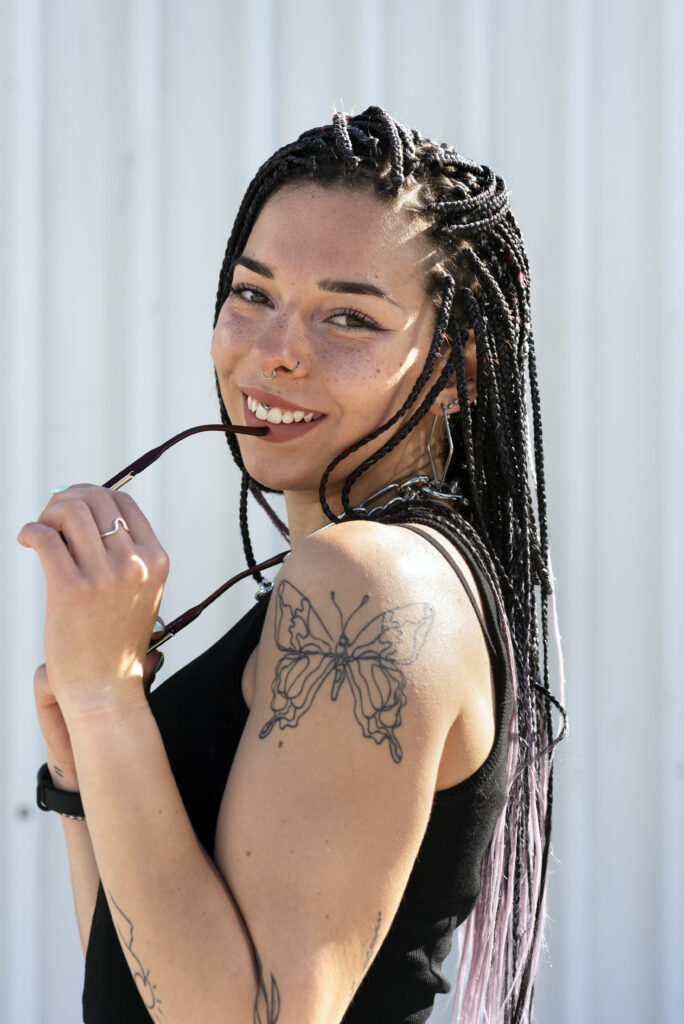
Editing and Filters
Post-processing is an essential step in photography that allows for refinement and enhancement of images. Editing software provides tools to adjust brightness, contrast, and saturation, which can significantly impact how a tattoo is perceived. For example, increasing contrast can make colors more vibrant and details more pronounced, while adjusting brightness can help eliminate any unwanted shadows or highlights that may detract from the artwork.
Careful editing ensures that the final image accurately represents the tattoo while also enhancing its visual appeal. Filters can also be utilized to create a specific mood or aesthetic in tattoo photography. While some may prefer a natural look that showcases the tattoo as it appears in real life, others might opt for filters that add artistic flair or evoke certain emotions.
Black and white filters can lend a timeless quality to images, emphasizing line work and shading without the distraction of color. Conversely, vibrant filters can amplify colors and create a more modern feel. Ultimately, editing and filters should be used judiciously to enhance rather than overshadow the tattoo itself, ensuring that the artwork remains the focal point of the image.
Capturing Details
Tattoo photography is not just about showcasing the entire piece; it’s also about capturing the finer details that make each design unique. Close-up shots can reveal intricate line work, shading techniques, and color gradients that may go unnoticed in wider shots. These details tell a story about the artist’s technique and vision, allowing viewers to appreciate the craftsmanship involved in creating the tattoo.
Using a macro lens or adjusting camera settings to focus on specific areas can help achieve this level of detail. In addition to technical aspects, it’s important to consider how these details relate to the overall narrative of the tattoo. Each element within a design often holds personal significance for the wearer, whether it’s a symbol representing an important life event or an artistic expression of individuality.
By focusing on these details in photography, one can convey not just the beauty of the artwork but also its deeper meaning. This approach invites viewers to engage with the tattoo on a more personal level, fostering a connection between the art and its story.
Showcasing Placement
The placement of a tattoo on the body is an integral part of its identity and significance. When photographing tattoos, it’s essential to consider how placement affects both visibility and context. For instance, tattoos on visible areas like arms or necks may convey different messages than those placed on more private areas like ribs or thighs.
Capturing images that highlight these placements can provide insight into how individuals choose to express themselves through body art. Incorporating body language into these photographs can further enhance their storytelling potential. Posing in ways that accentuate the tattoo’s location—such as raising an arm or turning slightly—can create dynamic images that showcase both the artwork and its relationship with the body.
Additionally, considering how clothing interacts with tattoos can add another layer of depth; for example, an open shirt may reveal chest tattoos while also framing them within a broader context. By thoughtfully showcasing placement, photographers can create compelling narratives that celebrate both body art and personal expression.
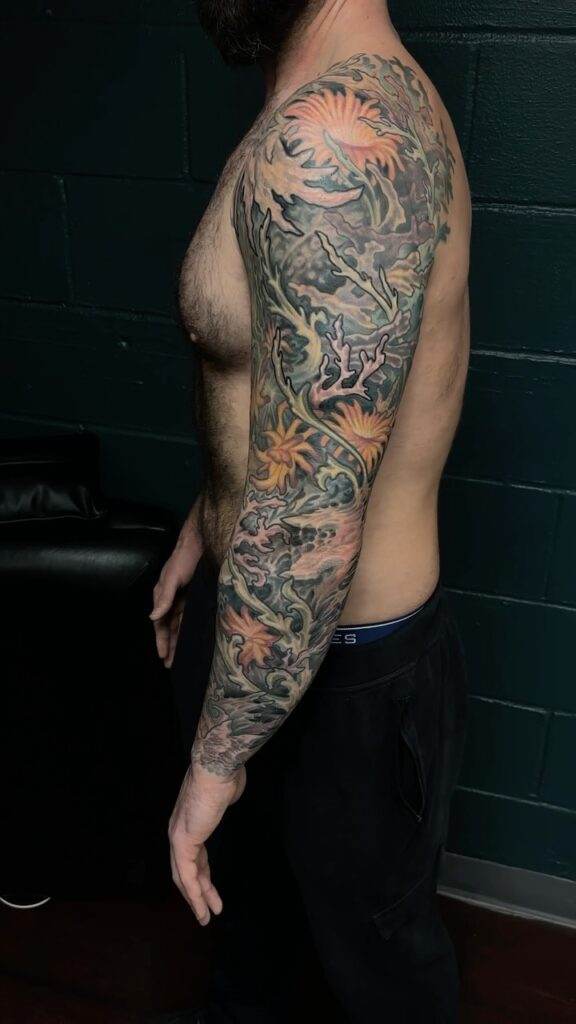
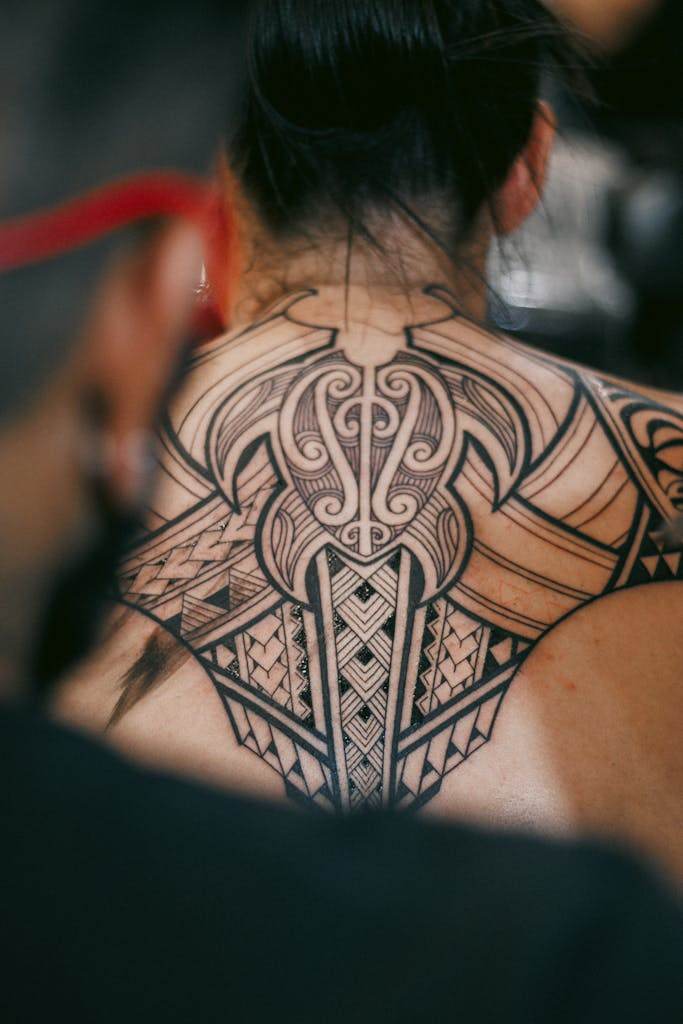
Utilizing Props and Accessories
Incorporating props and accessories into tattoo photography can elevate images by adding context and personality. Props can serve as visual metaphors or enhance themes present in the tattoo design itself. For example, if someone has a nautical-themed tattoo, including elements like seashells or anchors in the shot can create a cohesive narrative that ties together different aspects of their identity.
Accessories such as jewelry or clothing can also complement tattoos by adding layers of visual interest without overshadowing the artwork. Moreover, props can help convey emotions or stories associated with tattoos. A photograph featuring a person holding a meaningful object—like a book or memento—can evoke nostalgia or reflect personal journeys tied to their body art.
This approach not only enriches the visual composition but also invites viewers to engage with deeper narratives behind each tattoo. By thoughtfully selecting props and accessories, photographers can create images that resonate on multiple levels, celebrating both artistry and personal significance.
Incorporating Personal Stories
Every tattoo has a story behind it—a narrative that often reflects significant moments in an individual’s life or personal beliefs. Incorporating these stories into photography can add depth and meaning to images, transforming them from mere representations of body art into powerful expressions of identity. Capturing candid moments where individuals share their experiences related to their tattoos can create authentic connections with viewers, inviting them into a more intimate understanding of what each piece represents.
In addition to candid storytelling, written narratives accompanying photographs can further enhance this connection. Including quotes or brief descriptions alongside images allows viewers to grasp not only what they are seeing but also why it matters to the wearer. This approach fosters empathy and understanding, encouraging audiences to appreciate tattoos as more than just aesthetic choices but as significant markers of personal history and growth.
By weaving personal stories into photography, artists can create compelling narratives that resonate deeply with viewers.
Engaging with the Audience
Engagement is key in any form of art presentation, including tattoo photography. Building a connection with an audience goes beyond simply sharing images; it involves fostering dialogue and interaction around them. Social media platforms provide an excellent avenue for this engagement, allowing photographers to share their work while inviting comments and discussions from followers.
Encouraging viewers to share their thoughts or experiences related to tattoos creates a sense of community and connection among individuals who appreciate body art. Additionally, hosting exhibitions or events centered around tattoo photography can further enhance audience engagement. These gatherings provide opportunities for individuals to come together, share stories, and celebrate their love for tattoos in person.
Interactive elements—such as Q&A sessions with photographers or live demonstrations—can enrich these experiences by allowing attendees to delve deeper into both artistic processes and personal narratives behind each piece of body art. By actively engaging with audiences through various channels, photographers can cultivate lasting connections that celebrate not only tattoos but also the stories they tell about identity and self-expression.
FAQs
What are some tips for taking great tattoo photos for social media sharing?
Some tips for taking great tattoo photos for social media sharing include using natural light, finding interesting angles, and using a high-quality camera or smartphone.
How can I make my tattoo photos stand out on social media?
To make your tattoo photos stand out on social media, consider adding some creative elements such as props, interesting backgrounds, or incorporating your personal style into the photo.
What are some common mistakes to avoid when taking tattoo photos for social media?
Common mistakes to avoid when taking tattoo photos for social media include using harsh flash, not paying attention to composition, and not editing the photos to enhance the tattoo’s details.
What are some popular social media platforms for sharing tattoo photos?
Popular social media platforms for sharing tattoo photos include Instagram, Pinterest, and Facebook. These platforms allow users to showcase their tattoos to a wide audience.
How can I protect my tattoo photos from being stolen or misused on social media?
To protect your tattoo photos from being stolen or misused on social media, consider adding a watermark to your photos or only sharing them with trusted individuals or groups. Additionally, familiarize yourself with the privacy settings on each social media platform.
